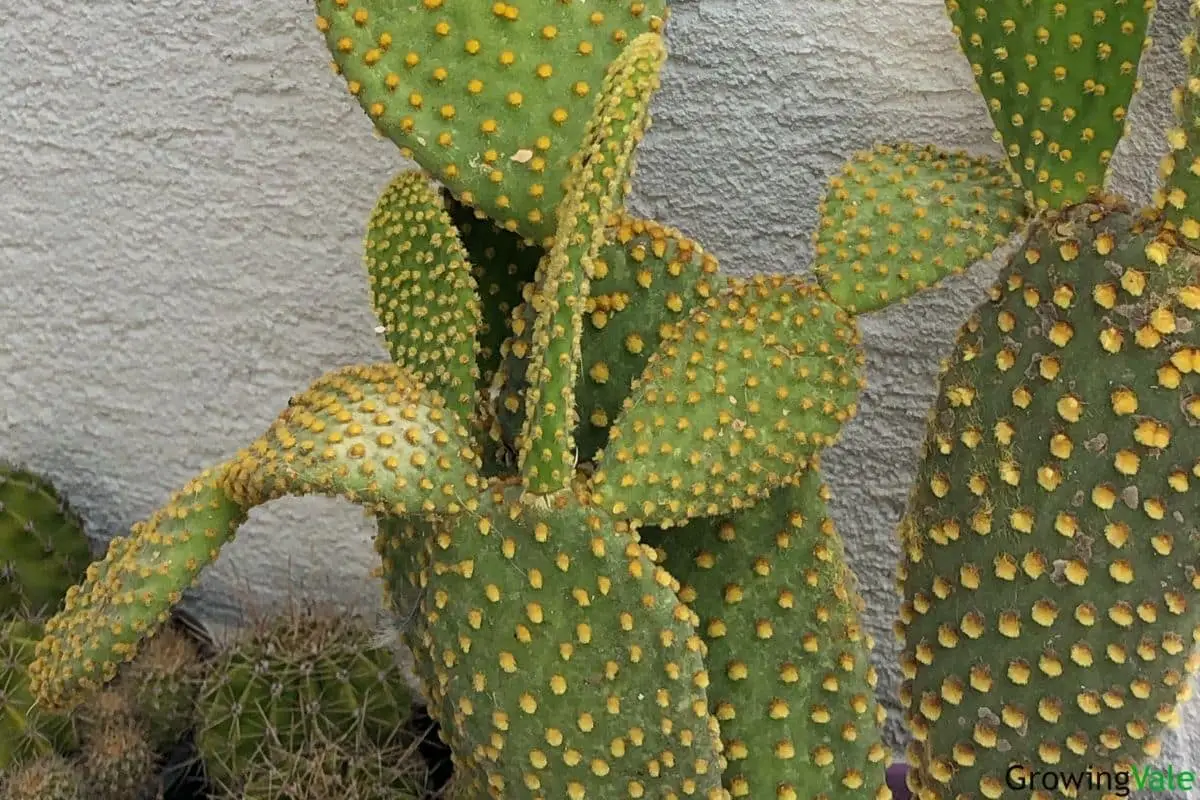The Bunny Ear Cactus, scientifically known as Opuntia microdasys, captivates with its distinctive silhouette resembling a pair of soft, whimsical bunny ears. A delightful addition to any succulent collection, this desert dweller beckons enthusiasts with promises of unique charm and resilience. Despite its striking appearance, caring for the Bunny Ear Cactus is both accessible and rewarding, making it an ideal plant for beginners and seasoned gardeners alike.
Curiously enough, the allure of this cactus extends beyond its aesthetic appeal. Its attributes mirror the tenacity and adaptability of life itself. In the following pages, we will explore essential care techniques, ideal environmental conditions, and practical tips to help your Bunny Ear Cactus thrive in the comfort of your home.
Understanding the Ecological Origins of the Bunny Ear Cactus
To grasp the essence of Bunny Ear Cactus care, one must first acknowledge its origins. Native to the arid regions of Mexico, the Bunny Ear Cactus has evolved in an environment marked by extreme temperatures and scarce hydration. Its pads—flat, disc-like structures—store water, allowing the cactus to flourish in drought conditions. This remarkable adaptation epitomizes survival; thus, adopting a similar mentality toward care will yield gratifying results.
The Bunny Ear Cactus prefers a sunny disposition, thriving under bright, direct light. In nature, it stretches skyward, adorned with a vibrant green hue that is both captivating and indicative of its health. When growing your Bunny Ear Cactus indoors, position it near a south or west-facing window to ensure ample sunlight and promote optimal growth. If placing it outside, be mindful of the scorching sun; partial shade can mitigate potential sunburn during blistering summer days.
Nurturing the Bunny Ear Cactus: Watering and Soil Essentials
Much like navigating the ebb and flow of life, understanding the watering needs of the Bunny Ear Cactus requires a delicate balance. Overwatering is a common pitfall, potentially leading to root rot and a decline in plant health. Instead, let your cactus dictate its hydration needs. Water the plant thoroughly when the top two inches of soil are bone-dry. This typically occurs every two to three weeks during the growing season (spring and summer) while tapering off in the dormant months of fall and winter.
The choice of soil also plays a pivotal role in cactus care. Opt for a well-draining cactus mix or create a custom blend by combining potting soil with sand and perlite. This mixture will promote aeration while ensuring excess water drains away, preventing the roots from suffocating in a boggy environment.
Pests and Diseases: Vigilance in the Garden
Every gardener must remain alert against potential threats to their plants. The Bunny Ear Cactus, despite its robust exterior, can fall victim to pests such as mealybugs and spider mites. Periodically inspecting the pads for signs of infestation will keep your cactus flourishing. If found, treat the affected areas with insecticidal soap or a gentle stream of water to dislodge unwelcome guests.
Furthermore, maintaining air circulation around your cactus helps stave off fungal diseases that thrive in stagnant environments. Adequate spacing between plants and proper drainage will safeguard against damp conditions that can lead to calamity.
Embracing the Unusual: Propagation Made Easy
The beauty of the Bunny Ear Cactus blossoming in your space is not just in its presence but also in the potential to propagate it, extending its lineage. Propagation, akin to sharing wisdom, is a gratifying process that connects gardeners to the ebb and flow of life. The Bunny Ear Cactus can be propagated through pads, which can be separated and planted to create new specimens. Gently twist a pad from the main plant, allowing the cut end to callous for about a week before placing it in well-draining soil. Water sparingly until roots establish, and soon you will witness the miracle of new growth sprouting from the earth.
Seasonal Considerations: Adjusting Care Throughout the Year
Just as seasons shift, so do the needs of your Bunny Ear Cactus. During the growing season, feed your plant with a balanced, diluted cactus fertilizer to promote healthy growth and vibrant color. In contrast, resist the urge to fertilize during the fall and winter months, allowing your cactus to enter a dormant phase, conserving energy for the warmer months ahead.
In anticipation of frost, be mindful of temperature fluctuations that may threaten your plant. While Bunny Ears can tolerate mild cold, temperatures below 50°F (10°C) may signal distress. If you witness a winter chill encroaching, bring your cactus indoors to secure its safety and prosperity.
Conclusion: A Blooming Journey of Botanical Delight
The Bunny Ear Cactus is not merely a plant; it is an ode to resilience, a testament to surviving and thriving in adversities. As you embark on this botanical journey, remember that caring for this unique succulent is a dance of attentiveness and patience. By understanding its needs and adopting the right practices, you will find yourself rewarded with a flourishing Bunny Ear Cactus that embodies both beauty and fortitude. Let this charming cactus become a symbol of your journey in gardening—a narrative of growth, care, and inexhaustible vitality.





Leave a Comment